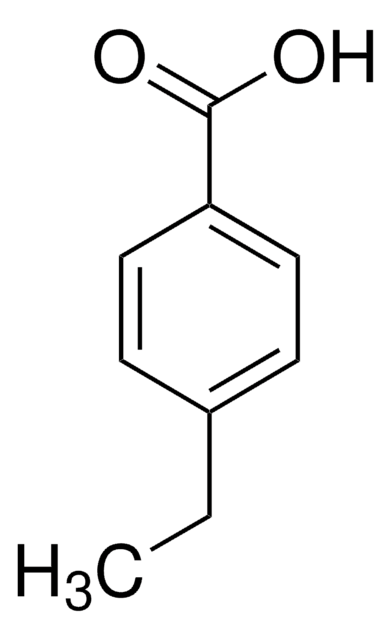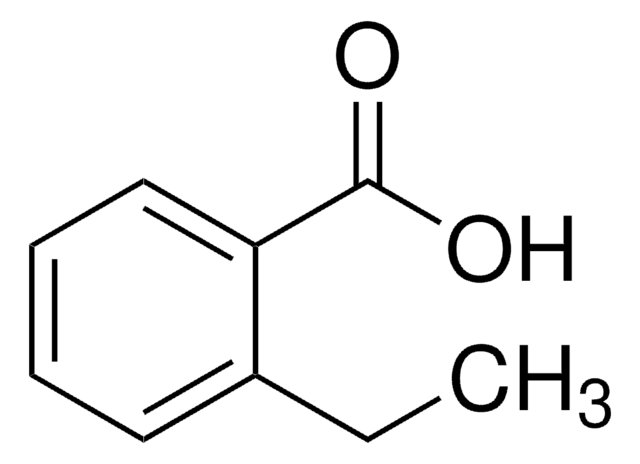255696
Calcium sulfate
≥99.99% trace metals basis
Sinónimos:
Gypsum
About This Item
Productos recomendados
Análisis
≥99.99% trace metals basis
formulario
powder and chunks
impurezas
≤100.0 ppm Trace Metal Analysis
cadena SMILES
[Ca++].[O-]S([O-])(=O)=O
InChI
1S/Ca.H2O4S/c;1-5(2,3)4/h;(H2,1,2,3,4)/q+2;/p-2
Clave InChI
OSGAYBCDTDRGGQ-UHFFFAOYSA-L
¿Está buscando productos similares? Visita Guía de comparación de productos
Categorías relacionadas
Descripción general
Aplicación
- In the formulation of electrolytes for calcium-ion batteries. The presence of calcium sulfate helps in improving the solubility of calcium salts in the electrolyte.
- As a surface modifier to enhance the performance of Ni-rich lithium nickel-cobalt-manganese oxide (NCM) cathode materials in lithium-ion batteries.
Código de clase de almacenamiento
11 - Combustible Solids
Clase de riesgo para el agua (WGK)
WGK 1
Punto de inflamabilidad (°F)
Not applicable
Punto de inflamabilidad (°C)
Not applicable
Equipo de protección personal
Eyeshields, Gloves, type N95 (US)
Certificados de análisis (COA)
Busque Certificados de análisis (COA) introduciendo el número de lote del producto. Los números de lote se encuentran en la etiqueta del producto después de las palabras «Lot» o «Batch»
¿Ya tiene este producto?
Encuentre la documentación para los productos que ha comprado recientemente en la Biblioteca de documentos.
Nuestro equipo de científicos tiene experiencia en todas las áreas de investigación: Ciencias de la vida, Ciencia de los materiales, Síntesis química, Cromatografía, Analítica y muchas otras.
Póngase en contacto con el Servicio técnico








